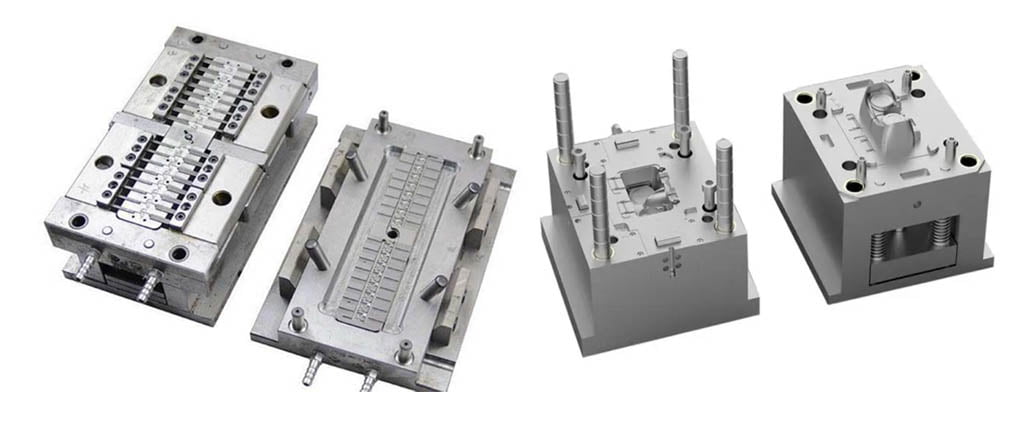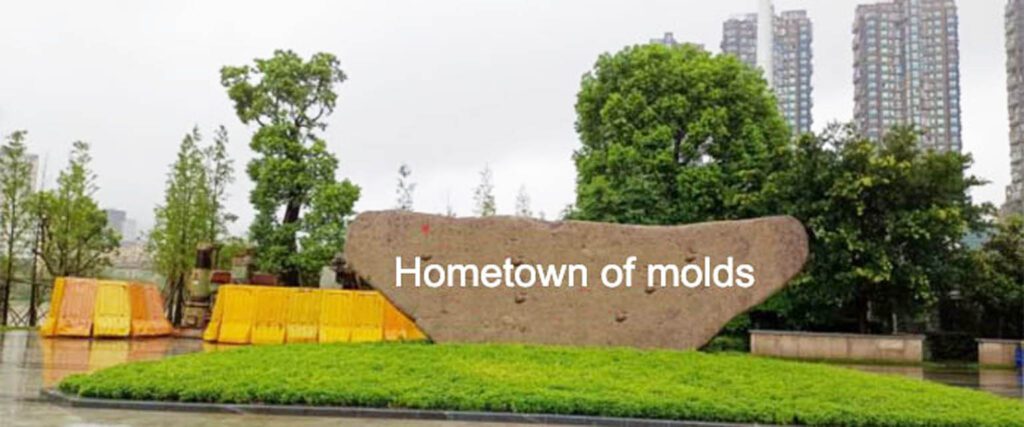Table of Contents
Toggle1.The material of the main working parts of the mold is improperly selected
The material has poor performance and is not wear-resistant; the die steel is not refined and has a large number of smelting defects; the convex and concave die, the forging process of the forging blank is not perfect, and there are hidden heat treatment risks.
2. Design flaws- mold structure design problem
The die structure is unreasonable. The slender punch is not designed with a reinforcement device, the discharge port is not smooth, and the stacking occurs.If the mold design is not properly optimized for the specific molding process, it can cause excess wear and tear on the mold. This can include issues such as improper venting, inadequate cooling, or excessive parting line wear.
3. The mold making process is not perfect
The mold making process is not perfect, which is mainly manifested in the poor internal quality of the convex and concave die forging blanks, and the heat treatment technology and process have problems, resulting in the convex and concave molds not being quenched through, soft spots and uneven hardness. Sometimes micro-cracks or even cracking occur, grinding and polishing are not in place, and the surface roughness value is too large.
4. Unlubricated or lubricated but ineffective
5. Causes of mold wear and tear-Material abrasion
Mold cavities and cores are exposed to high pressure and temperature during the molding process, which can cause wear and tear on the surface of the mold. Over time, this can lead to material abrasion and eventually cause the mold to fail.
6. Thermal cycling
When the mold is exposed to repeated cycles of heating and cooling, it can cause the mold to expand and contract. This can create stress on the mold and cause it to crack or warp over time.
7. Corrosion
Exposure to certain chemicals and materials used in the molding process can cause corrosion of the mold. This can weaken the mold and make it more susceptible to wear and tear.
8. Poor maintenance
Failure to maintain the mold properly can also lead to wear and tear. For example, if the mold is not cleaned regularly or if the lubrication system is not functioning properly, it can cause damage to the mold.
Generally, the mold is damaged for these reasons. In addition, the misoperation of the operator will also damage the mold.
Of course, there is nothing that is never bad. When the mold is in normal manufacturing of products, it will expand with heat and contract with cold, and it will continue to produce. In the state of reciprocating fatigue, the mold will also wear to a certain extent. In normal use, mold damage is mainly due to impact, pressure, thermal expansion and contraction, and fatigue manufacturing, resulting in deformation, surface cracks, pores, and even overall cracking.
How to solve the problem of the mold?
1. Maintain the mold more often, use a good release agent to minimize the damage to the mold;
2. When assembling the mold, follow the correct operation method and specification;
3. When the mold is closed for production, the height of the mold should be adjusted properly, and the degree of fit should be high without gaps;
4. Finally, confirm that the cavity of the mold is cleaned, and there is no foreign matter, dust, or wear on the mold;
5. When manufacturing and producing, produce according to standard indicators. The mold should not exceed high temperature and work under high pressure. The impact speed and internal pressure of the mold should be reduced, the temperature of the mold should be reduced, and thermal expansion and contraction should be reduced.


